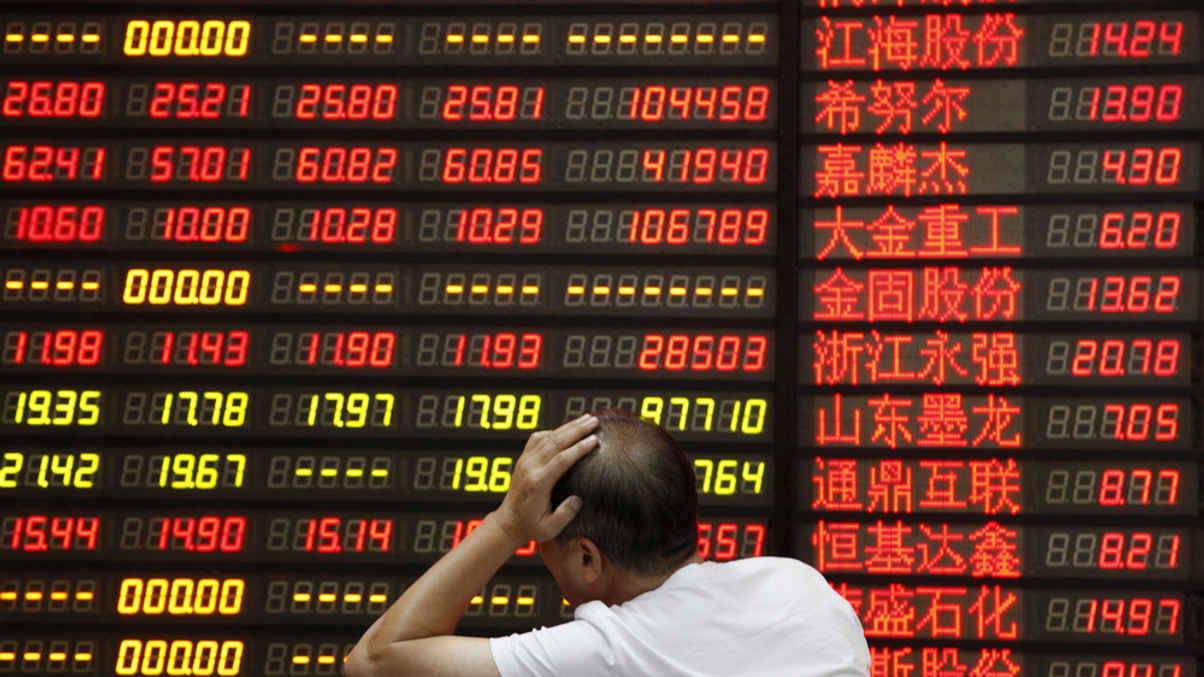Market Views: How will China's zero-Covid policy affect equities?
Market volatility is likely to remain high as investors try to figure out the duration and severity of lockdowns. Stocks with attractive valuations may start to outperform in the second half of 2022.

Market observers see China’s Covid zero policy and the lockdowns in place across the country as the biggest near-term risk to economic growth in 2022.
Sign in to read on!
Registered users get 2 free articles in 30 days.
Subscribers have full unlimited access to AsianInvestor
Not signed up? New users get 2 free articles per month, plus a 7-day unlimited free trial.
¬ Haymarket Media Limited. All rights reserved.


